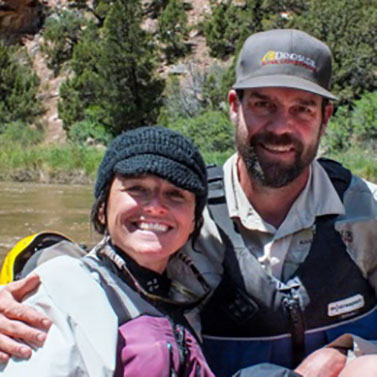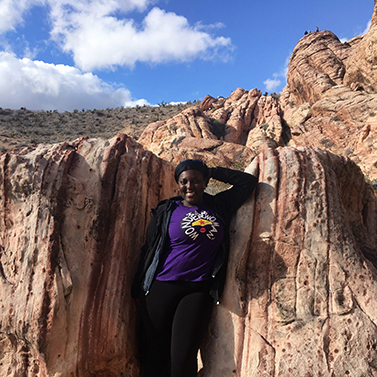What factors should you consider when choosing your next rafting expedition?
White water rafting is an exciting and memorable experience. Many people get hooked after their first expedition. If you are one of those people, you may be wondering what factors you need to consider as you choose your next rafting adventure. Keep reading to find out how some rafting enthusiasts answered this question.

Mark Whitman
Mark Whitman, Founder of Contentellect, a content writing service, and an avid adventurer and travel blogger.
Grade Level and Added Adventures
Definitely [consider] how adrenaline-packed the expedition is. I look for river rafting on Grade III and IV rapids, along with whatever high octane adventures I can do alongside, such as zip-lining, mountain biking, and climbing.
Expedition Difficulty
Personally, when I’m choosing my next rafting trip, I factor in how much difficulty I’m looking for. Some expeditions are more relaxed, which are great for times when I’m not looking for anything dramatic. They provide gorgeous views and a great experience. However, there are other times when I want a real challenge, which is when I’ll opt for a more advanced expedition with steeper chutes and complex routes.
Difficulty, Location, and Scenery
I like to switch it up, so I’ll consider the difficulty of the rafting as well as the views of the location. If I recently did some intense white water rafting, I’ll likely choose a calmer river for my next trip. I’ll also try to pick new places to try or at least places with different scenery than my most recent trips. This gives me an excuse to travel more and visit new places.
Weather Conditions
When deciding to go for a rafting excursion, the weather plays a crucial role. While rafting, I usually keep an eye on the weather because it can quickly change from sunny to cloudy. It’s mostly about the addition of clothes that we can pack ahead of time, rather than the weather conditions suitable for rafting. Keeping some warm clothing on hand is always a good choice.
This is a crowdsourced article. Contributors are not necessarily affiliated with this website and their statements do not necessarily reflect the opinion of this website, other people, businesses, or other contributors.










































